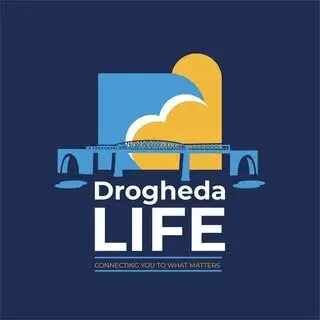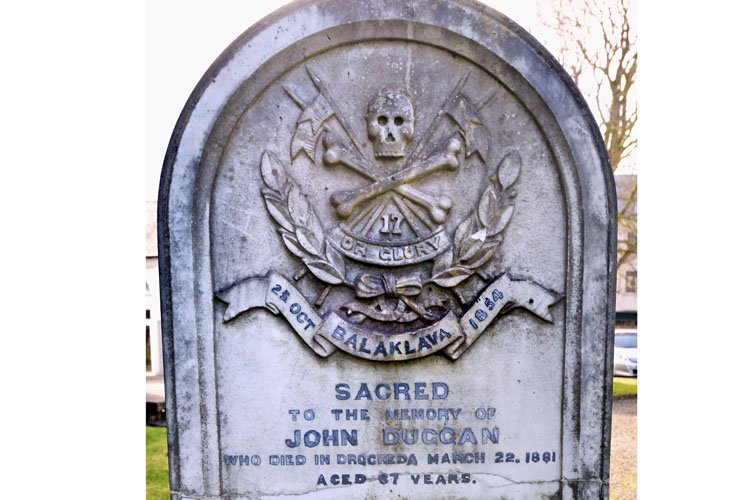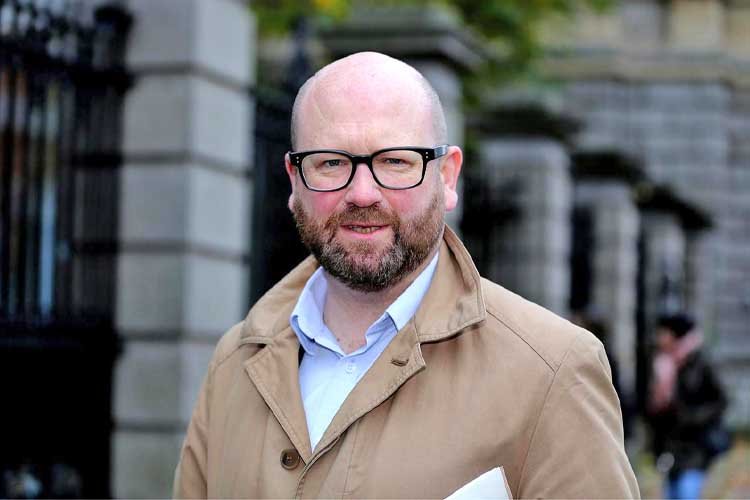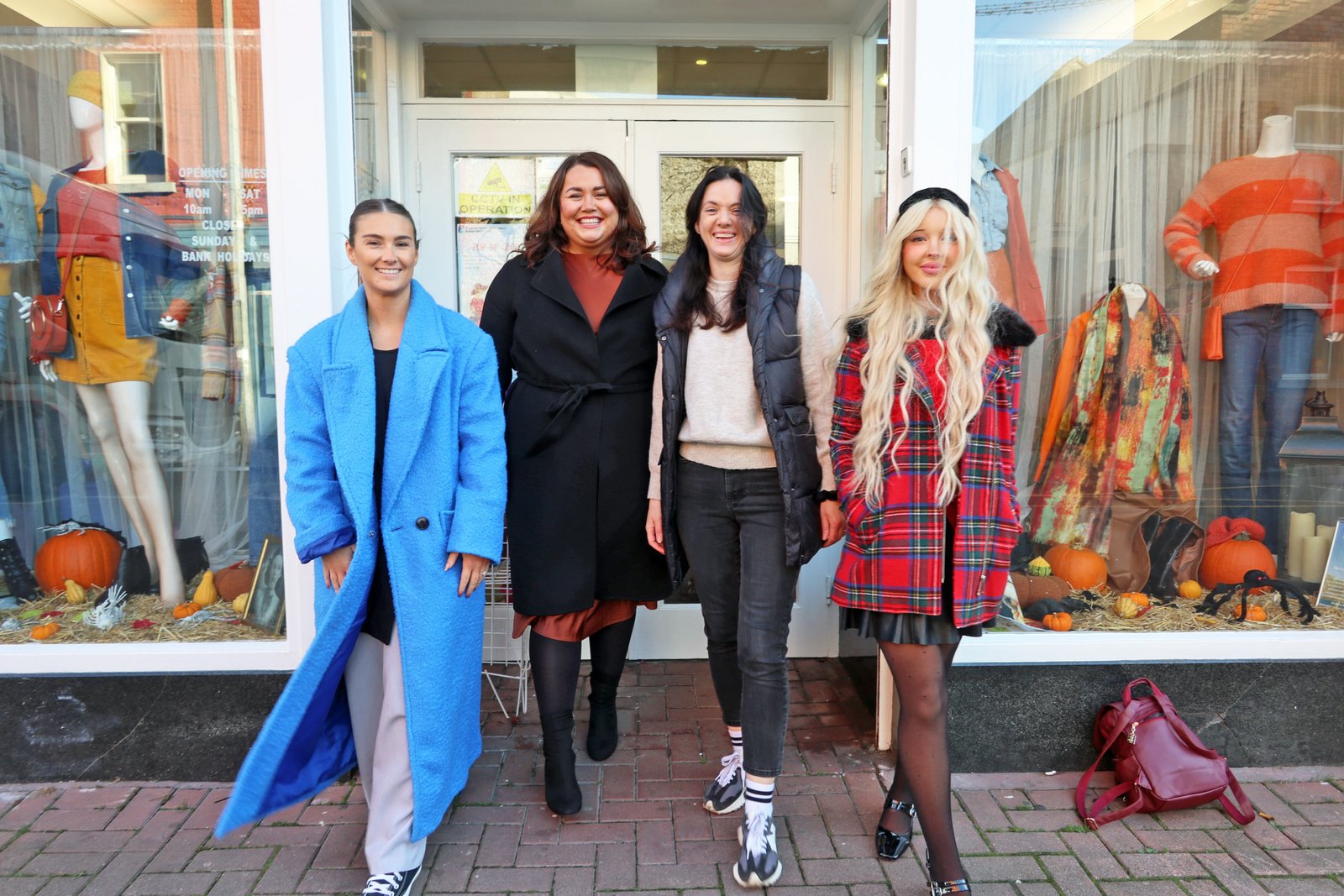The latest article from historian Sean Collins concerns the men with strong Drogheda connections who fought in and survived the carnage of the Crimean war including the infamous charge of the Light Brigade.
The great Russian author Leo Tolstoy, whose works include the novels War and Peace and Anna Karenina, wrote of the Crimean war that “It was a revolting business which involved “terrible slaughter”. Lord forgive those responsible.”
David Murphy in “Ireland and the Crimean War” estimated that some 37,000 Irishmen served in the Crimean war. It is no surprise therefore that there were Drogheda connections.
A tombstone at St. Peter’s Church of Ireland in Drogheda, marks the grave of Private John Duggan of the 17th Lancers, who took part and was severely injured in the Charge of the Light Brigade during the Battle of Balaklava which took place on 25th October 1854 with British, French and Turkish troops fighting against the Imperial Russian Army of the Tsarist Russian Empire.
The Light Brigade comprised of some 673 men including Hussars, Dragoons and Lancers. Of the 147 Lancers only 38 turned up for rollcall the following day.
John Duggan’s gravestone records the fact that, not only did he survive the Charge of the Light Brigade, he also survived the whole Crimean war including the battles of Alma, Inkerman, Sevastapol and Balaklava.
John Kirke advised that Duggan’s service medals were recently sold at a militaria auction in England [2019].
SACRED TO THE MEMORY OF JOHN DUGGAN – WHO DIED IN DROGHEDA MARCH 22ND 1881 – AGED 67 YEARS. LATE PTE 17TH LANCERS AND SEXTON OF ST PETERS CHURCH – HE FOUGHT IN THE BATTLES OF ALMA, INKERMAN, SEVASTAPOL AND BALAKLAVA.
‘I KNOW WHOM I HAVE BELIEVED 2 TIMOTHY 2:12 – ‘I HAVE FOUGHT THE GOOD FIGHT – I HAVE FINISHED THE COURSE – I HAVE KEPT THE FAITH 4 TIMOTHY 7:8
Duggan was born c. 1814 and is mentioned in the Book ‘Honour the Light Brigade’ by Lummis and Wynn, who stated that he enlisted for service on the 31st of December 1838, and that he was severely wounded in the charge of the Light Brigade on 25 October 1854.
He was sent to the hospital in Scutari on 26 October 1854, and then was sufficiently recovered to return to England the following year on 2 May 1855.
He died in Drogheda, Ireland on 22 March 1881, at the age of 67, and was buried in the churchyard of St Peter’s Church, Drogheda (where he had been the Sexton).

Another Drogheda man who took part in the Charge of the Light Brigade, was Robert Moneypenny who is buried at the Privates and In-pensioners Burial Ground at the Royal Hospital Kilmainham.
Writing in “Dublin’s Burial Grounds and Graveyards” magazine, Vivien Igoe said:
“Aged 19, the blue-eyed, brown-haired Moneypenny, five foot, seven inches tall enlisted at Dublin on the 18th March 1846. He embarked for the Crimea on board the H.T. Echunga on the 15th of May 1854, fought in the Crimea and rode in the Charge of the Light Brigade at Balaclava in October 1854.
He was awarded the Distinguished Conduct Medal for ‘praiseworthy and gallant service throughout the campaign’. He was discharged from Dundalk Barracks October 1856 ‘on the reduction of the Regiment’ and because he was no longer thought to be effective. He had served ten years and a hundred and sixty days”.
On the 1st October 1878, he was admitted as an in-pensioner to the Royal Hospital, where he died on the 6th April 1906 just before his eightieth birthday. his small white marble headstone is inscribed simply: “Private Robert Moneypenny 8th Huzzars [Rode at Balaclava] Died 8.1.06”
A third man from Drogheda, Thomas Finlay of Platin Road, is reputed to have sounded the bugle to set the Charge of the Light Brigade in motion. A snippet from a local newspaper (below) records Finlay’s death and states that he had sounded the charge at the “The Charge of the Light Brigade”.

Anne Loughran Sullivan, a relative and Drogheda native, writing from the USA advised: “My grandmother Josephine Loughran nee Finlay took us as children to see the film “Charge of the Light Brigade” and she told us that her grandfather was in the charge and he sounded the bugle, he survived the charge”.
These are the stories of local survivors of the Crimean War but there is an oral tradition of Drogheda men, having enlisted at Dundalk, marching through the town on their way to Dublin, to be shipped to the Crimea and never to see Drogheda again.
Another local man, Robert McDonnell of Kilsharvan, served as a civilian surgeon in the Crimea and wrote in graphic detail about the horror of the war. His father John McDonnell, also a surgeon, having studied the use of anaesthetics in Boston USA performed the first amputation under anaesthetic in Ireland amputating the arm of a young woman on January 1st 1847. Her name was Mary Kane from Drogheda.
Huge banquet in Dublin after the Crimean war is over

According to History Ireland magazine, “Perhaps the most extravagant demonstration of the Irish public’s enthusiasm for the war was the Grand Crimean Banquet held in Dublin in 1856. Over £3,600 was raised by public subscription, and 4,000 Crimean veterans and 1,000 members of the public gathered in Stack A, now the CHQ building, in the Custom House Docks on 22 October 1856 for what must surely have been the largest-ever formal dinner in Ireland.
Three tons of hot potatoes were sent in four vans, which pulled up to the hall “steaming like locomotives”. The drivers of these vans were ‘literally enveloped in clouds of steam’, much to the delight of the small children who were looking on.
A vast amount of food and drink was consumed, including 250 hams, 230 legs of mutton, 500 meat pies, 100 venison pasties, 100 rice puddings, 260 plum puddings, 200 turkeys, 200 geese, 250 joints of beef, 100 capons and chickens, and 2,000 two-pound loaves.
Each soldier was given a quart of porter and a pint of port or sherry. Such a conspicuous display seems incredible when one considers that just ten years previously Ireland was being ravaged by famine”.




